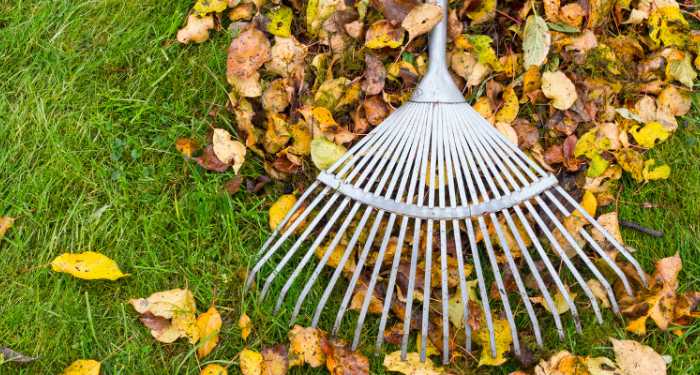The Benefits of Composting Fall Leaves
Posted November 12, 2020
You know it’s officially fall when you begin to hear the crunch of dry leaves as you walk outside. That’s also the sound of opportunity as these dry leaves provide myriad benefits to your compost pile. Autumn leaves are a great source of carbon and contain several nutrients that can be returned to the soil through compost.
Composting dry leaves not only benefits your compost, but it also helps the environment. The breakdown of yard debris in landfill conditions creates methane gas emissions and acidic leachate. Instead of throwing your dry leaves in the trash, incorporate them into your compost to ensure a healthy, balanced compost pile while diverting organic material from the landfill.
Tips for Composting Fall Leaves
- Living green leaves are considered “green” nitrogen-rich material, whereas dead, dry leaves are considered to be “brown” carbon-rich material. To give your compost pile a boost of carbon, wait until the leaves are dry and brown, then add them to your compost.
- Composting is all about balance, so try not to load up on too many browns just because they are readily available. For the GEOBIN® Composter, we recommend a carbon to nitrogen ratio of 3:1.
- Store excess fall leaves to use throughout the year when carbon-rich materials are more difficult to source. Dry leaves can easily be stored in a yard waste bag to use throughout the year.
Read the Guide to Fall Composting to learn more about maintaining a healthy, balanced compost pile this fall.

